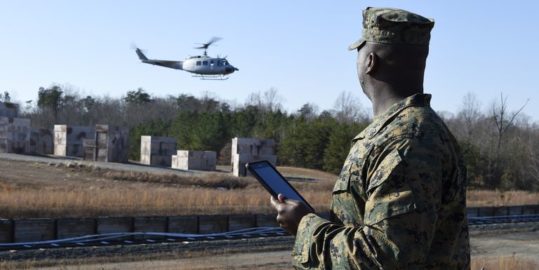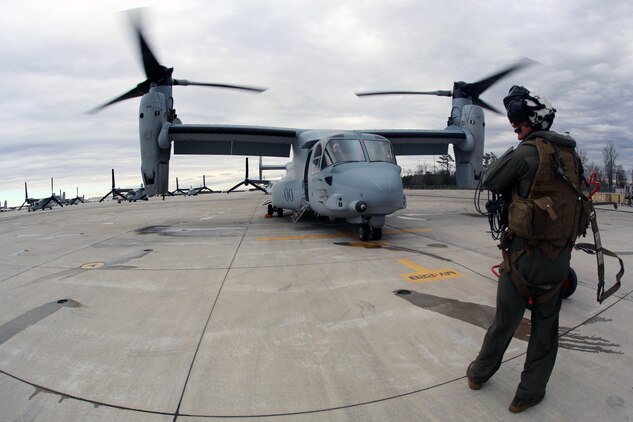
The U.S. Military Is Getting Autonomous Flight Technology Off The Ground
An aircraft is comprised of many different elements and components. Even though there is a constant effort to reduce and simplify for the sake of smoother, lighter, faster flight, there are parts that will always be essential, especially in military aircraft.
Carbon fiber frames, 3D printed titanium engine parts, and cherry blind rivets all play a role in lighter, more efficient flight. Aircraft of all types are becoming less bulky and more streamlined as a direct result of improved technology. If there’s any element that would remain constant even as various innovations change our ability to get off the ground, one would think that the human element—the pilot—will always remain a constant, but that may change as well.
Per The Marine Corps Times, General Robert B. Neller of the United States Marine Corps recently said that the U.S. military now has the technology realize uncrewed, autonomous flight within 15 years. While the general did clarify that aircraft would still be directed by a human, a pilot in the cockpit is fast becoming unnecessary for some airborne military operations. “I don’t know what war is going to look like in the future, [but] I think things that fly in the sky, the great majority of them … there will not be human beings at the control. There will be a human somewhere directing that thing.” he was quoted as saying at a Brookings Institution event.
Flying a large and complex craft without a crew or on-board pilot may sound like a bad idea, even if technology makes it feasible. Unmanned air capabilities have gotten a big push from the Marines, however. The branch has been testing autonomous technology that can be fitted to helicopters that are currently in use. Optional autonomous aircraft controls may even be incorporated into various fighter jets and the USMC’s greatest air asset, the MV-22 Osprey tiltrotor transport.
The Army has also started exploring possibilities for unmanned aircraft. As a craft may go from autonomous to being controlled by a human pilot, there are key benefits when running resupply missions. Aircrafts can be autonomously directed on their own mission even as pilots rest and recoup for the next manned flight operation.
There is still some aversion to the idea of unmanned flight being voiced from all branches, but proponents of the capability are confident that more acceptance will come as the technology is further explored and employed. Perhaps the idea of flying without a pilot will become as commonplace in the military as the use of smaller drones and robots that are now regularly used for many different tactical purposes.
If an unmanned tactical flight is to become a reality, it appears as though the technology to make it happen is right where we need it to be. Whether it’s a realistic pursuit may be revealed in little more than a decade.



